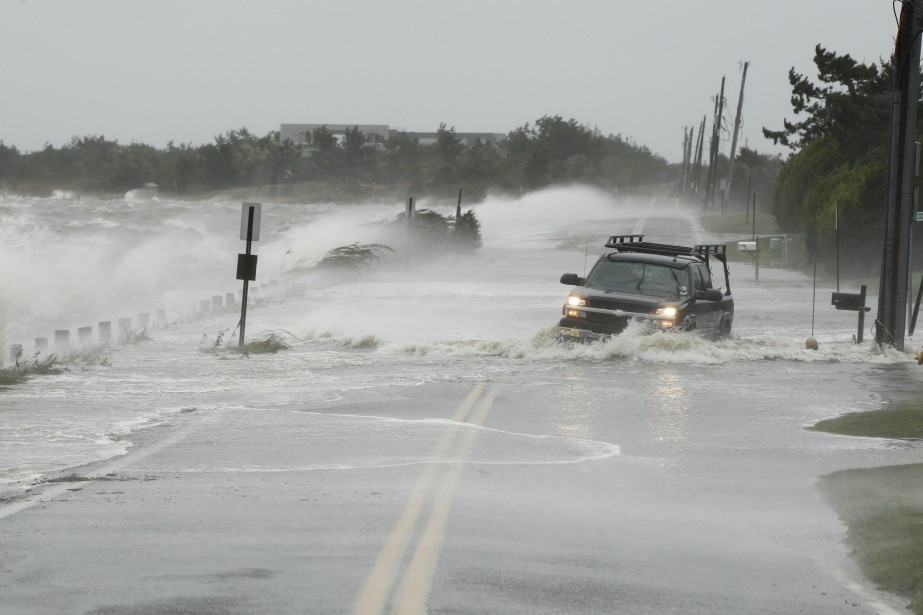
–
–
–
New York faces increased risk of flooding the size of hurricane-induced flooding Sandy in 2012, the frequency of such storms having accelerated considerably under the effect of climate change, according to American scientists.
These researchers determined that exceptionally powerful storms could now hit the northeast coast of the United States about every 25 years, compared to every 500 years before the industrial age.
In question? Climate change and warming temperatures caused by greenhouse gas emissions from human activities, according to a study published Tuesday in the Proceedings of the American Academy of Sciences (PNAS).
By studying marine sediments in particular, scientists have reconstructed on a computer the climatic conditions as well as the frequency and power of tropical storms and hurricanes that formed in the North Atlantic for a millennium, until 1800, before the start of industrialization.
Then they compared these results to the storms recorded in this area between 1970 and 2005.
Their conclusion: the rise in water levels during a flood was on average 1.24 meters higher between 1970 and 2005, than between the year 850 and 1800.
The level of the “oceans has risen due to climate change” which is heating their waters and melting arctic ice and mountain glaciers, noted climatologist Michael Mann of Penn State University.
“The warming also appears to be causing tropical storms of great amplitude and intensity,” he added.
Hurricane Sandy in October 2012 devastated the northeast coast of the United States, causing catastrophic flooding and killing nearly 200 people, including more than 40 in New York.
The level of the oceans rose by 19 centimeters between 1901 and 2010, according to a projection by the Intergovernmental Panel on Climate Change (IPCC). It should still rise between 26 to 82 centimeters by 2100 compared to the end of the XXe century, believes the IPCC.
– .
